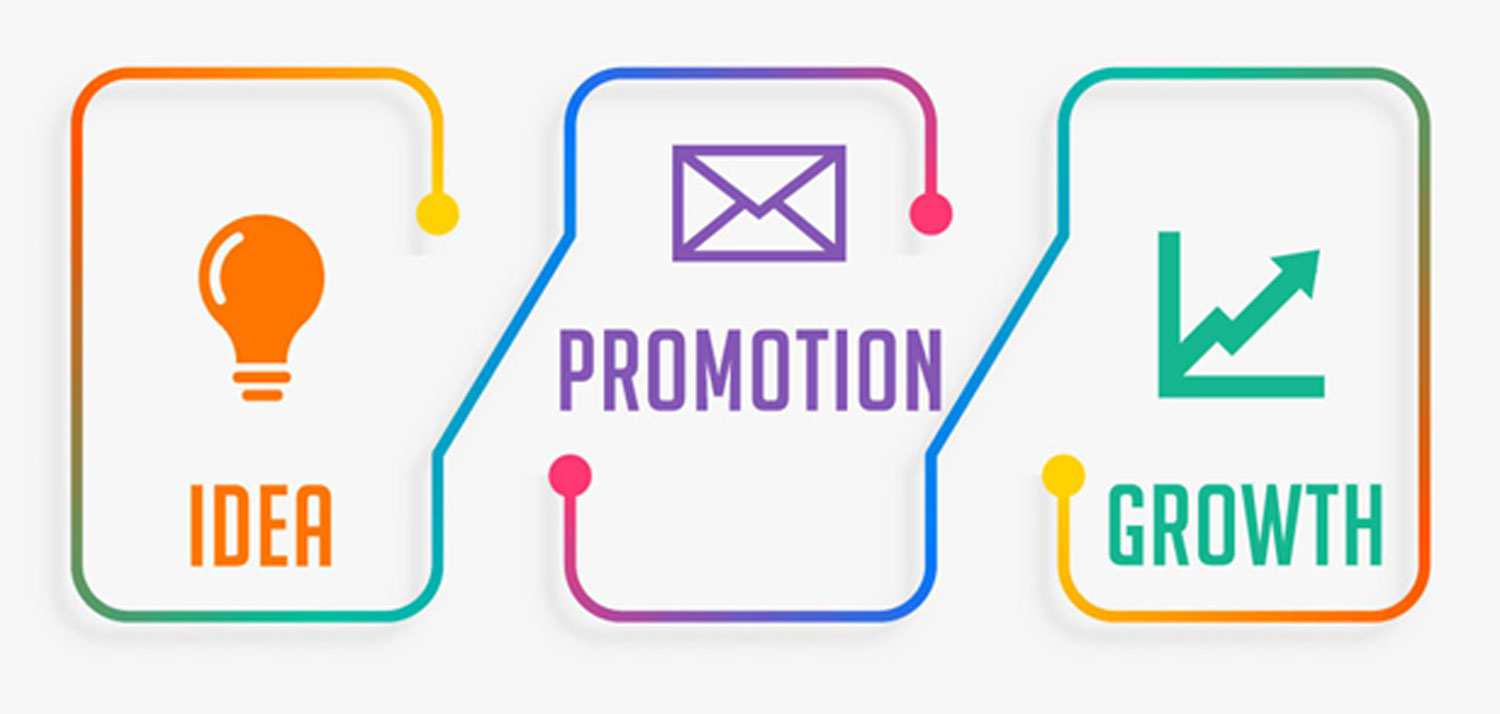Single Page Website Design
Single page sites seem to be the wave of the present. There are pros and cons of a single page site, and we will go over both, but the reality is that unless you have a big ecommerce site, it’s a simple matter of preference. Let’s dig in.
What Are The Benefits Of Single Page Web Design?
Single page sites are fast. Even with an average mobile download speed of 27 mbs and an average broadband speed of 60 mbp there is still that awkward moment between. Until that moment becomes imperceptible to our big ‘ol primate brains, website speed will still play a role in our overall perception of a company.
Single page sites are simple. Believe it or not, there are still people from the stone age meandering the earth who are utterly befuddled by the complexity of menu buttons and website navigation. If you can get your message across, include a few well thought out images, and toss in a contact form on one page – then keep it simple.
What Are The Draw Backs Of Single Page Web Design?
Single page websites are not the best for SEO. Content, images, and h1 tags still play a role in search engine optimization. The reality is that on a single page site there simply is not enough room for enough copy and imagery to keep it comprehensible and still get your point across to search engines.
Single page websites are small. It is entirely possible that you cannot fit your gallery or your ecommerce interface on the same page as your contact form and your “about” content. It is also entirely possible that it would be a terrible idea to try. If you have more than a few images to show or items to sell… go big or go home.





